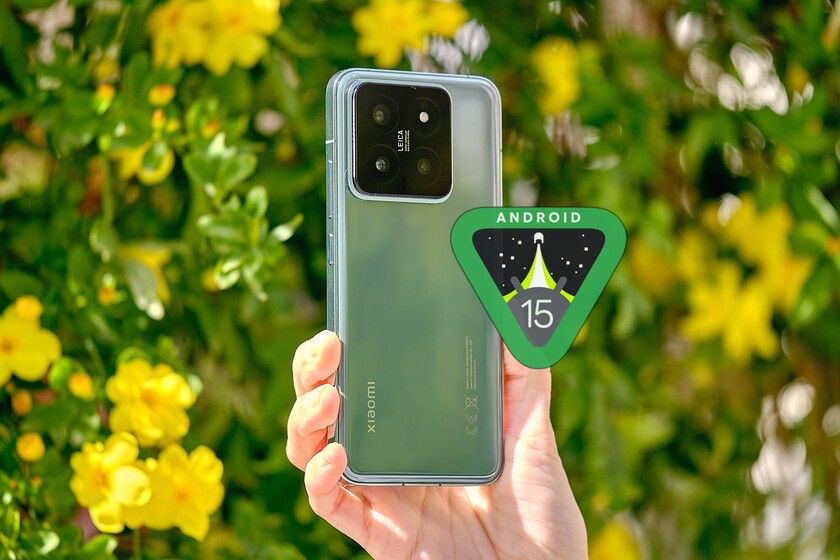Although there were some previous rumors, the truth is that the presentation of the Apple Studio Display during the Peek performance event came as a surprise. A screen of the most interesting which, thanks to a small detail inside, can scale a lot and very easily in the near future.
A computer inside the screen
Go ahead, we know little about the Apple Studio Display at the moment. We have all the information that Apple has given officially, yes, but there is multitude of details that we will have to verify personally. One of the first is, for example, what happens if we connect an Apple TV via an adapter. In such a configuration, it is an excellent monitor for the living room, which does not need a pair of HomePods to produce spatial audio, and offers us more than remarkable image quality.
We can also think of the possibility of using AirPlay, either in video or only in audio. Thanks to the A13 chip, in theory the Apple Studio Display could work as an AirPlay receiver to connect our iPhone or iPad. without even having to turn on the Mac. A great way to get the most out of a truly amazing audio system, which could be part of our HomePod network around the house.
And speaking of the iPhone and iPad, we could also speculate on how, with the power of Studio Display, we would not only have the ability to mirror the screen to a larger screen, but also to use full screen apps in an easy way. Suppose in the future some of the processing can be done on the same screen, or we can even have a “desktop” system when connecting an iPhone
And this with what we know so far

we talk about that this is a screen/computer. We don’t know what extras it has inside, but as little as it has 4GB of RAM and one other component, we might expect it to run nothing less than iPadOS. In this sense, it will be necessary to wait for a disassembly of the monitor, as the first orders arrive, to specify what this monitor is capable of.
Yes, first we will talk about the fact that the A13 Bionic is there to process the video signal from the camera, ok, but the truth is that with very little it can do a lot more. Apple may well have “hidden” some components inside to enable them in future updates.
In the end, the question is this: We are faced with hardware capable, to our knowledge, of running iPadOS. From there, the possibilities are endless.
Nail a future software update may add functionality really easy. Yes, it’s clear that Apple didn’t design the Apple Studio Display as a standalone device, many features will require a Mac, no doubt, but the possibilities are there.









